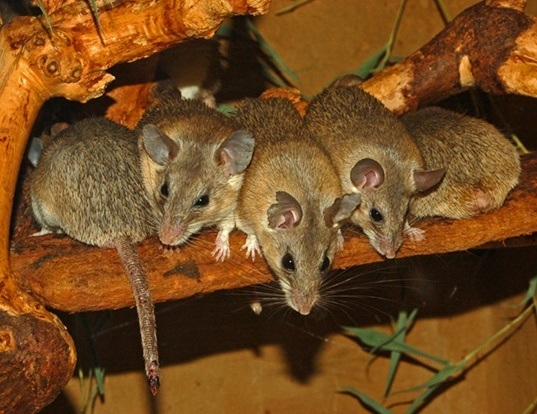
Our online platform, Wiley Online Library () is one of the world’s most extensive multidisciplinary collections of online resources, covering life, health, social and physical sciences, and humanities. of Spiny Pocket Mice (Chaetodipus) in Cismontane Southern California. With a growing open access offering, Wiley is committed to the widest possible dissemination of and access to the content we publish and supports all sustainable models of access. Restricted to the central and northern Baja California Peninsula and southwestern. Wiley has partnerships with many of the world’s leading societies and publishes over 1,500 peer-reviewed journals and 1,500+ new books annually in print and online, as well as databases, major reference works and laboratory protocols in STMS subjects. Wiley has published the works of more than 450 Nobel laureates in all categories: Literature, Economics, Physiology or Medicine, Physics, Chemistry, and Peace. has been a valued source of information and understanding for more than 200 years, helping people around the world meet their needs and fulfill their aspirations.
#SPINY POCKET MOUSE CA PROFESSIONAL#
Our core businesses produce scientific, technical, medical, and scholarly journals, reference works, books, database services, and advertising professional books, subscription products, certification and training services and online applications and education content and services including integrated online teaching and learning resources for undergraduate and graduate students and lifelong learners. Wiley is a global provider of content and content-enabled workflow solutions in areas of scientific, technical, medical, and scholarly research professional development and education. desmarestianus is a response by these rodents to insect predation.

It is hypothesized that the preferential predation of large A. Thus, nuts attacked by insects develop to be significantly smaller, with a low proportion of undamaged endosperm, than uninfested nuts. mexicanum nuts, but insect predation appears to hinder nut development. I also examined predispersal predation by insects and found that insects appear to have no size preference for A. Although sample sizes of buried nuts were small, the rodents retrieved all buried large nuts, but 30% of the small nuts remained buried long enough to germinate. Small nuts tended to be buried farther away from exclosures than large nuts. The San Diego Pocket Mouse (Chaetodipus fallax) and California. mexicanum nuts, but cached (in burrows and by scatter hoarding) similar proportions of these nuts by size. Identification and Distribution of Spiny Pocket Mice (Chaetodipus). desmarestianus preferentially consumed large over small A. Exclosures were used to give small rodents exclusive access to A. This study tested whether or not large and small nuts of Astrocaryum mexicanum (Palmae) differed in their fates due to handling by the spiny pocket mouse Heteromys desmarestianus (Heteromyidae). Size-dependent predation and dispersal of seeds has not been directly tested within a plant species for tropical rodents. It is found in Baja California in Mexico and in Arizona, California and Nevada in the United States.

Small rodents are common seed predators, but they may disperse a significant proportion of seeds by scatter hoarding them via burial. The spiny pocket mouse (Chaetodipus spinatus) is a species of rodent in the family Heteromyidae and order Rodentia. Chaetodipus spinatus All species in the genus Chaetodipus genus are known for their long stiff hairs along their backs and rumps. Not all seeds removed by small mammals are necessarily eaten. What effects the extremes of this variation have for seeds taken by small mammals are poorly understood. Our work highlights critical areas for future fieldwork and demonstrates an integrated approach to estimating a species’ current distribution for preliminary conservation assessments.Seed size may vary greatly among individuals within plant species. 13–19% of its historical distribution still forested and an estimated 2–3% intact and falling in protected areas. teleus has been much more reduced, with only ca.

australis in the country are intact, but suitable habitat in protected areas represents only approximately 11–13% of the species’ historical range there. We used collection records, environmental variables, maps of land cover and protected areas, and the Genetic Algorithm for Rule-Set Prediction (GARP) to estimate the historical, current, and protected ranges of the spiny pocket mice present in Ecuador ( Heteromys australis and H.

GIS-based modeling of a species’ environmental requirements using known occurrence records can provide estimates of its distribution for conservation assessments when other data are lacking.


 0 kommentar(er)
0 kommentar(er)
